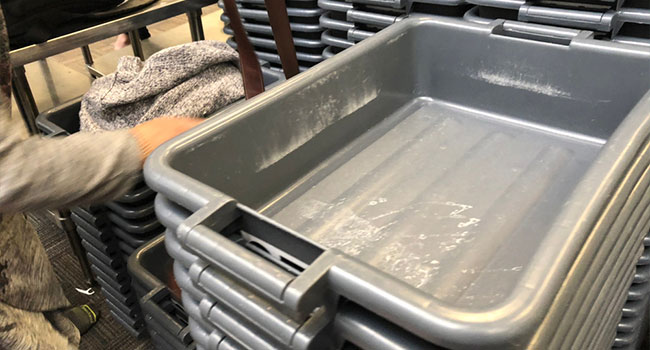
TSA Facing Rise in Firearms Confiscations In States With More Permissive Gun Laws
The increase in gun confiscations has caused delays in security check lines and increases in local police calls to airports.
- By Haley Samsel
- Oct 15, 2019
While the TSA has increased its efforts to warn passengers against bringing their firearms to the airport, the number of firearms seized at airports over the past five years has grown in scale, especially in states where residents are not required to have a permit to carry a concealed weapon.
Between 2014 and 2018, TSA records show that the number of guns confiscated by agents has increased by 92 percent, according to a Bloomberg News analysis. The 10 major airports with the highest gun seizure rates per passenger screened are in states with concealed carry laws or where officials are required to issue permits to all law-abiding residents.
Those airports include Austin-Bergstrom International Airport, Hartsfield-Jackson International Airport in Atlanta and the Dallas/Fort Worth International Airport. In contrast, the majority of airports with the lowest seizure rates give government officials “more discretion to deny permits,” Bloomberg reported.
The increasing amount of guns placed in carry-on luggage has caused delays in security check lines and growing frustration from TSA agents. While it is legal for passengers to put a gun in their checked baggage as long as it’s empty of bullets, an unloaded gun cannot be taken in a carry-on. TSA agents have to take the passenger to the side and call local police if they find one.
In 2018, the agency detected guns in carry-on bags more than 4,200 times, breaking a record. About 86 percent of confiscated firearms were also loaded, according to the TSA data. Most passengers forgot the weapons were in their bags.
“Assuming that all those people who are caught with a firearm aren’t terrorists, that’s a huge distraction from the mission of TSA to keep terrorists off planes,” John Pistole, a former TSA administrator and current president of Anderson University in Indiana, told Bloomberg.
For some lawmakers, the growing rate of confiscations is a positive sign that the TSA is catching people who are (accidentally or not) breaking the law by bringing firearms on board.
Rep. Bennie Thompson, who heads the House Homeland Security Committee, said he is currently satisfied with how the agency is handling the increase in firearms seizures. In previous years, the TSA has struggled with uncovering weapons, failing as many as 95 percent of its internal tests in 2015. The TSA said its fail rate has improved since then, though it has not said by how much.
“I see it as a positive in a sense that we are catching the people, even if we catch it more,” Thompson said.
About the Author
Haley Samsel is an Associate Content Editor for the Infrastructure Solutions Group at 1105 Media.